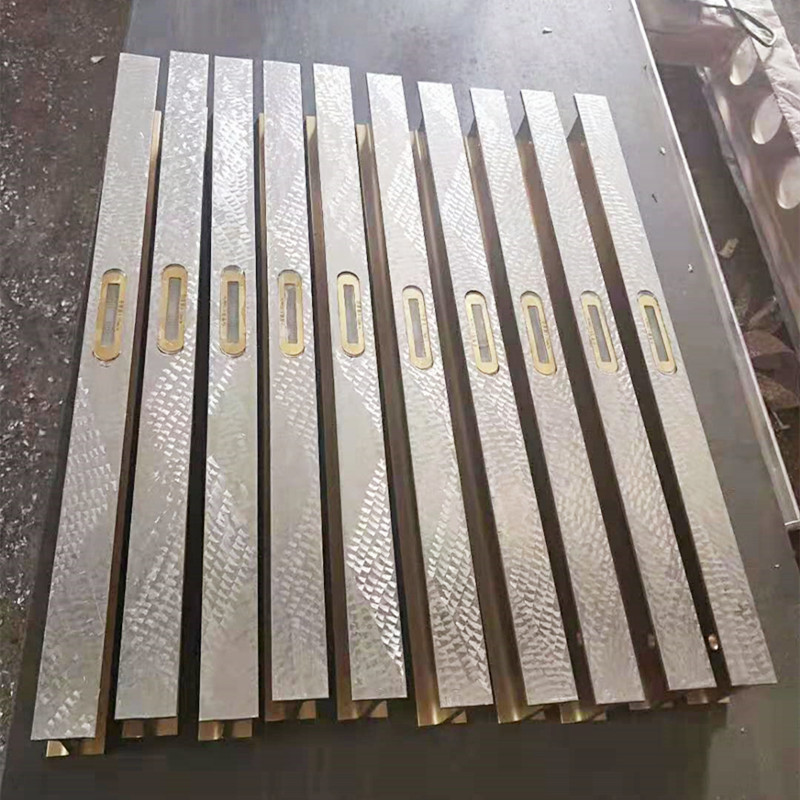სექ . 04, 2024 17:02 Back to list
types of ground anchors
Types of Ground Anchors
Ground anchors are essential elements in civil engineering and construction, providing critical support to various structures, including buildings, bridges, and retaining walls. They are utilized to secure structures to the ground, ensuring stability and preventing movement or failure. There are several types of ground anchors, each designed for specific applications and conditions.
1. Rock Anchors
Rock anchors are commonly used in applications where the soil is not sufficiently stable to hold up the required structure. These anchors are drilled into the bedrock and secured using high-strength steel bars or strands. They are particularly effective for stabilizing slopes, securing bridges, and retaining walls. The installation process involves drilling a hole into the rock, placing the anchor, and using epoxy or grout to bond it firmly within the rock formation.
2. Soil Anchors
Soil anchors are installed directly into the soil and are designed to provide resistance against lateral loads. They come in several forms, including driven steel piles, helical anchors, and grouted anchors. Soil anchors are often used in the construction of temporary structures, such as shoring systems during excavation, and are also employed for permanent applications where soil conditions allow for reliable anchorage.
3. Helical Anchors
types of ground anchors

Helical anchors are a type of soil anchor characterized by one or more helical plates welded to a central shaft. These plates provide a higher load capacity by increasing the surface area in contact with the soil. Helical anchors can be installed with relative ease, making them suitable for both temporary and permanent applications. They are commonly used in foundation construction, telecommunications towers, and other structures requiring deep anchorage.
4. Grouted Anchors
Grouted anchors involve inserting a steel rod or cable into a pre-drilled hole and filling the hole with grout. This method is particularly useful for enhancing the bonding between the anchor and the surrounding soil or rock. Grouted anchors provide high load capacities and are commonly used in stabilizing earth slopes, supporting bridge girders, and securing various types of infrastructure.
5. Post-Installed Anchors
Post-installed anchors are utilized in existing structures where additional support is needed. These anchors are often used in concrete applications and are installed after the concrete has cured. They provide flexibility in design and allow for retrofitting without major structural alterations.
In conclusion, ground anchors play a vital role in ensuring the stability and safety of various structures. Understanding the different types of ground anchors and their applications is crucial for engineers and builders to select the most suitable solution for their specific construction needs. Efficient anchoring not only enhances structural integrity but also contributes to the longevity and durability of construction projects.
-
Valves in Water Treatment PlantsNewsJul.07,2025
-
Safety Precautions When Installing Control ValvesNewsJul.07,2025
-
Importance of Routine Inspections for Ball Type Check ValvesNewsJul.07,2025
-
Function and Operation of 1 1 2 Gate ValvesNewsJul.07,2025
-
Enhancing the Performance of 1 1 2 Inch Check ValvesNewsJul.07,2025
-
DN50 Filter Water Valves in Municipal Water TreatmentNewsJul.07,2025
Related PRODUCTS









